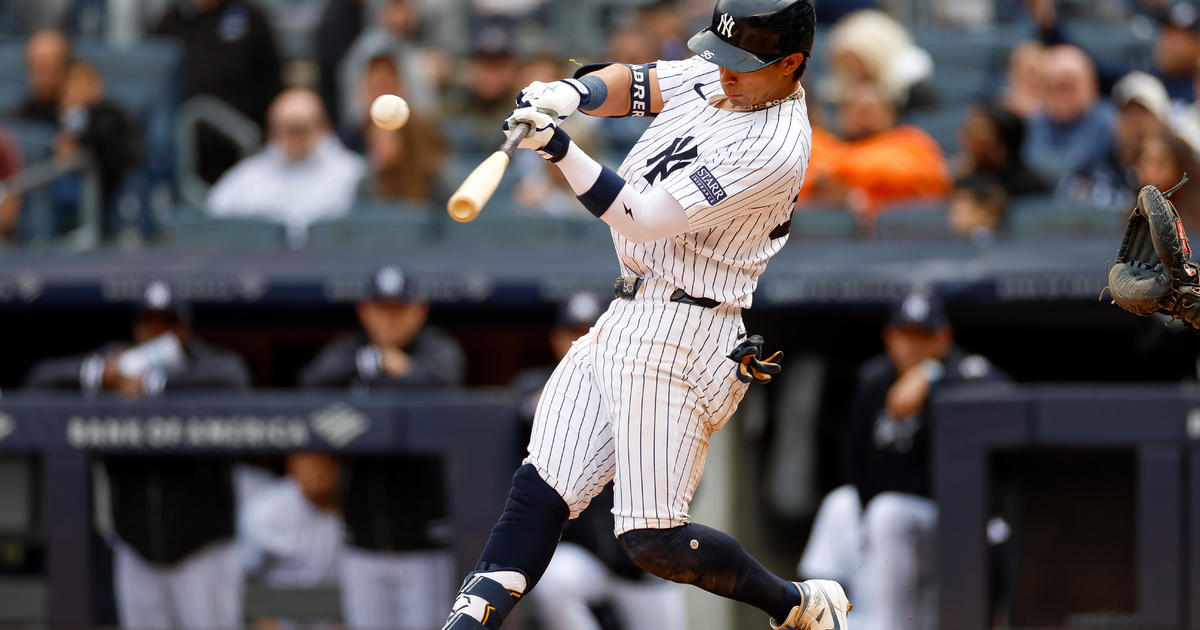Injury Breakdown: The ACL In The NFL
By Abby Sims
» More Columns
There have been so many season-ending injuries in the NFL this season, and complete ACL tears seem to lead this category. By my count, there are already 10 players who are looking on from the sidelines after having ACL surgery.
When watching replays on TV or at the stadium, I'm actually amazed there aren't even more ACL tears. Feet are planted while the body rotates, a tackle forces a knee to hyperextend, pushing it beyond the straight or locked out position, or most commonly, a players legs are grabbed in a tackle while his body keeps moving (generally with the knee bent), forcing his knee to move in a manner that is simply not possible with the ligaments intact. It is so easy to wind up injured.
NFLers currently nursing post-operative ACL's include:
Running Backs Ernest Graham (Tampa Bay), Tim Hightower (Redskins) and Jamaal Charles (Chiefs) Wide Receivers Kenny Brit (Titans) and Domenik Hixon (Giants) Tight End Tony Moeaki (Chiefs) Safety Eric Berry (Chiefs) Cornerback Bradley Fletcher Linebacker Thomas Davis (Panthers) And even kicker, Nate Kaeding (Chargers)
Hixon is on his second ACL surgery in just two seasons, Fletcher tore his in a practice collision and Moeaki was injured in the final game of the rushed pre-season. Taking the trophy in this unwanted competition, Davis is on ACL surgery number three in less than two years. I hope he's been saving his money and has a plan B.
The Anterior Cruciate Ligament is the primary stabilizer of the knee. It is located between (and attaches) the rear outer base of the femur (thigh bone) and the top of the front inner tibia (the larger of the two bones in the lower leg). It is called the anterior (front) cruciate because it crosses another ligament (the posterior cruciate) that is located behind it, with the two ligaments essentially forming an "X".
The ACL is comprised of two distinct bundles which serve complementary functions. The posterolateral (outer/rear) bundle restricts or checks the motions of hyperextension and excessive forward gliding of the upper tibia with the knee straight. It also limits internal rotation in the knee. When the knee is forced into hyperextension or inward rotation, this larger band risks injury.
The smaller anteromedial (front/innermost) band is taut in flexion (when the knee is bent) and is therefore most likely to be injured with force to the knee in a bent position.
The anatomy of the ACL explains why it can sometimes suffer only a partial tear, and why in these cases, it may be possible for an athlete to avoid surgery.
Follow Abby on Twitter @abcsims
Your thoughts on the injury dilemma? Sound off in the comments below…



